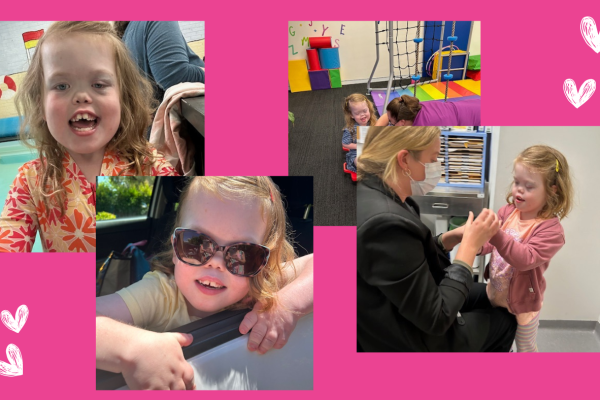
When something doesn’t add up: a brief guide to learning disabilities
It is estimated that between 3 and 5 percent of the student population in Australia may have a learning disability – a disorder which inhibits a child’s ability to process and retain information. The different types of learning disabilities can vary dramatically, and children can have just one or a cluster of different disorders affecting them in the classroom.
Because of the wide variations, learning disorders are sometimes difficult to pick up and children can often be labelled lazy, careless or inattentive. There are some common warning signs to look out for however at different ages of development. Do remember that many children may experience some difficulties in learning without having a learning disorder and everyone learns at a different pace; the time for concern is when there is a consistent pattern of unevenness in your child’s ability.
Some red flags
Pre-school age
- Difficulty learning the alphabet, colours, shapes, numbers, days of the week etc.
- Finds it hard to learn routines and follow instructions
- Slow and inaccurate word recognition
- Limited spoken vocabulary
- Difficulty developing the age appropriate fine motor skills for writing, colouring, doing up buttons etc. (without any contributing physical disability)
- Problems pronouncing words or trouble finding the right words
Ages 5-9
- Consistently misspelling words and frequent written errors
- Difficulty with learning basic maths concepts
- Poor reading comprehension
- Writing is slow and laborious
- Immature handwriting
- Trouble learning basic maths concepts
- Inconsistency between verbal and written skills
Ages 10-13
- Poor handwriting legibility
- Poor reading fluency
- Slow writing speed and lack of detail in writing
- Poor organisational skills
- Difficulties reading and interpreting maps, charts and graphs
- Hard to do mental maths
THE MOST COMMON DISORDERS AFFECTING A CHILD’S ABILITY TO READ, WRITE AND DO MATHS ARE:
Dyslexia
Dyslexia is the most well-known and common learning disability affecting a student’s ability to read and comprehend a text. According to the Australian Dyslexia Association, dyslexia and reading difficulties are experienced on a continuum from mild to severe and no two are alike. The central difficulty for a student with dyslexia is to convert letter symbols to their correct sound (decode) and convert sounds to their correct written symbol (spell). Students with dyslexia may also struggle with fluency, spelling, general comprehension and more.
Dysgraphia
Dysgraphia is defined as a persistent difficulty with written expression, handwriting and/or spelling. There can be issues with the mechanical aspects of writing causing it to be a tiring, difficult process for the student. Dysgraphia can also present as difficulty with written expression disrupting the ability to organise thoughts coherently on paper. It may also cause students to struggle with basic sentence structure and grammatical awareness.
Dycalculia
According to Auspeld (auspled.org.au) children with dyscalculia have trouble understanding numbers, learning how to manipulate numbers, learning mathematical facts, and a number of other related difficulties. Students with maths disorders may find it hard to do basic number calculations or they may have difficulty with concepts like time and measurement.
OTHER DISORDERS THAT MAY AFFECT LEARNING IN THE CLASSROOM INCLUDE:
Dyspraxia
This is defined as a development coordination disorder and a child with dyspraxia may experience difficulty with fine motor skills (writing, cutting, etc.) as well as gross motor skills like running and jumping.
Attention disorders
While ADHD is not officially considered a learning disability, a child with this diagnosis will often experience difficulties in the classroom such as the inability to stay on task and focus, problems sitting still, staying organised, following instructions etc.
AUDITORY AND VISUAL PROCESSING DISORDERS:
Auditory processing disorder
If a child is unable to distinguish subtle differences in sound this can impact their ability to read, write and spell and process instructions.
Visual processing disorder
Issues include missing subtle differences in shapes, reversing letters or numbers, skipping words, skipping lines, or having problems with eye–hand coordination.
What should you do if you think your child has a problem?
Because of their nature, potential learning issues will most likely be picked up by school. If you suspect that your child has an issue and their teacher hasn’t mentioned anything, start the ball rolling with a conversation with them. The school may carry out some informal testing or you can request a formal assessment to identify any problem areas. Alternatively you can talk to a developmental paediatrician or contact an organisation such as AUSPELD (auspled.org.au) who are based in each Australian state.
If a specific disorder is identified the school will be able implement the appropriate accommodations to help your child succeed in the classroom. Organisations such as SPELD can also offer ongoing support as well as assessments.







